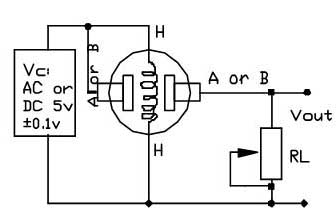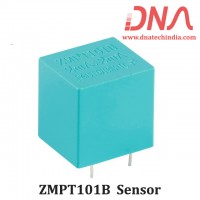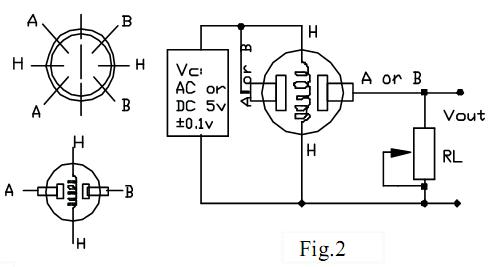Introduction to GAS Sensors
A GAS sensor or a GAS Detector is a type of chemical sensor which detects/measures the concentration of gas in its vicinity. Gas sensor interacts with a gas to measure in concentration. They are used in various industries ranging from medicine to aerospace. Various technologies are used to measure Gas concentration such as semiconductors, oxidation, catalytic, infrared, etc. The most common types are as follows
- Metal Oxide Based GAS Sensor.
- Capacitance Based GAS Sensor.
- Acoustic Based GAS Sensor.
- Calorimetric GAS Sensor.
- Optical GAS Sensor.
- Electrochemical GAS Sensor.
Over here we will focus on the most commonly available GAS sensor which is Metal Oxide Gas Sensor or Metal Oxide Semiconductor (MOS) also called as "Chemiresistors". The detection is based upon change of resistance of the sensing material when the Gas comes in contact with the material. These Metal Oxide Gas Sensor are extensively used in industry because of their low cost, flexibility in production; simplicity of their use; large number of detectable gases/possible application fields.
Various gas sensors are available in the market but the most commonly available series is the "MQ Series". Various gasses like, LPG, Carbon Monoxide (CO), Methane, Smoke, Alcohol, etc can be monitored using these sensors. A good thing about these series is that all are 6 pin sensors with same footprint, same interfacing circuit and are easily available at low cost.
As you can see in the above diagram the MQ series of gas sensors use a small heater inside with an electro-chemical sensor. They are sensitive for a range of gasses.
The preferred wiring is to connect both 'A' pins together and both 'B' pins together. It is safer and it is assumed that is has more reliable output results. Although many schematics and datasheets show otherwise, you are advised to connect both 'A' pins together and connect both 'B' pins together. In the picture, the heater is for +5V and is connected to both 'A' pins. This is only possible if the heater needs a fixed +5V voltage.
The variable resistor in the picture is the load-resistor and it can be used to determine a good value. A fixed resistor for the load-resistor is used in most cases. The sensor needs a load-resistor at the output to ground. Its value could be from 2kΩ to 47kΩ. Lower the value, the less sensitive. Higher the value less accurate for higher concentrations of gas.
If only one specific gas is measured, the load-resistor can be calibrated by applying a know concentration of that gas. If the sensor is used to measure any gas (like in air quality detector) the load-resistor could be set for a value of about 1V output with clean air.
Choosing a good value for the load-resistor is only valid after the burn-in time.
Burn-in
Some datasheets use the term "preheat", but it is the time to burn-in the sensor. This is meant to make the sensor readings more consistent. A time of 12 or 48 hours is usually used for the burn-in time.
The Burn-in is achieved by applying normal power to the sensor (to the heater and with the 'A' and 'B' pins connected, and with a load-resistor). In some special cases a specific burn-in is needed. See the datasheet if the sensor needs such a specific burn-in.
Interfacing Circuit





